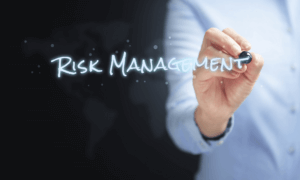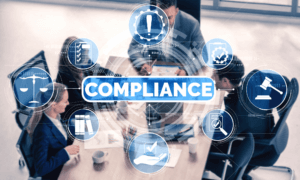While an effective internal audit function can help an organization mitigate organizational risks, identify inefficient processes, enhance compliance, and reduce the potential for fraud, it’s important to review the process itself. Reviewing the internal audit process ensures it delivers relevant insights to management and the audit committee.
The Benefits of Reviewing Your Internal Audit Process
Taking a step back from the audit’s findings and reviewing its process provides several benefits, including emphasizing the idea that an internal audit is designed to identify opportunities for organizational improvement. By examining the audit as well as the organization’s performance, policies, and procedures, management is highlighting the cultural importance of continuous improvement.
It’s valuable for the audit to be seen as a partnership and a process that adds value to the company by helping it improve, not as a policing exercise for policy violations. This perception will improve the willingness of process owners to cooperate with the audit and increase its overall efficiency.
Steps to Take During the Review Process
Go Over Internal Audit Results
A valuable first step in enhancing your internal audit process is reviewing its results and insights with company management and the audit committee — not just any deficiencies the audit may have uncovered but the overall results and information provided.
Among the questions to ask include:
- Is the information provided by the audit relevant and useful?
- Do you need information that the audit is not providing?
- Does the overall audit plan make sense?
- Is the audit evaluating the most significant organizational risks?
Examine Initial Goals
It can also be helpful to review the internal audit plan’s initial objectives. Doing so can make sure the goals that were outlined at the beginning of the process have been achieved. These conversations will be beneficial in making sure the audit is providing effective insights to its end users and filling its role in helping the organization address its financial, operational, and compliance risks.
It’s also critical to ensure that the auditors are reviewing the right information. Examining incomplete or inaccurate data will clearly hinder the team’s ability to generate meaningful insights from the audit process.
Corrective Actions to Take After Evaluating the Internal Audit Process
If deficiencies or improvement opportunities are discovered, it’s also important for the company to give people enough time to complete the necessary changes. This, of course, depends on the severity of the issue. But, in most instances, providing enough time to address an issue reduces the potential for someone to feel stigmatized and increases their trust in the internal auditors.
Finish the Cycle – Recognize that Changes Create New Risks and Opportunities
Changes, including macroeconomic, regulatory, industry space, and even work patterns (including remote work arrangements) create new risks and/or change the level of current risks. Taking time as a high-performing audit function and a team performing a current state analysis is essential to ensuring the audit function continues to evolve and provide the best service to the organization.
Whether you’re looking to establish, enhance, or outsource your internal audit process, we provide ‘right-sized’ audit support to assist you. For more information about optimizing the value of your SOX investment, reach out to our team.

















